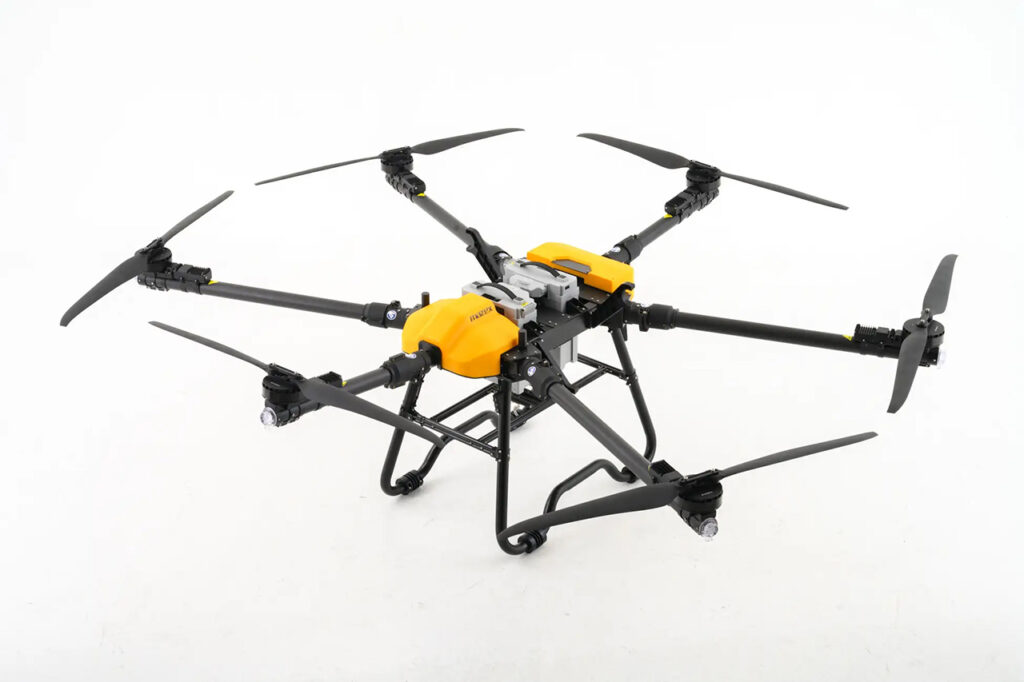Updated by "Forest Circular Economy" Editorial Board on May 24, 2025, 10:00 AM JST
Editorial Board, Forest Circular Economy
Forestcircularity-editor
We aim to realize "Vision 2050: Japan Shines, Forest Circular Economy" promoted by the Platinum Forest Industry Initiative. We will disseminate ideas and initiatives to promote biomass chemistry, realize woody and lumbery communities, and encourage innovation in the forestry industry in order to fully utilize forest resources to decarbonize the economy, strengthen economic security, and create local communities.
Mazex, a manufacturer and seller of industrial drones, has announced a new transport drone "Karusuke 55 (Karusuke Gogugo)" with a maximum load capacity of 55 kg. This is the latest model in the "Morito" series of forestry drones, which has been manufactured under a joint development framework with Sumitomo Forestry, and has a significantly higher payload capacity and wider range of applications than existing models. Shipments are scheduled to begin in mid-August.
The maximum payload capacity of the "Karuuke 55" is 55 kg, a significant improvement over the existing forestry drones "Morihei 15" and "Morihei 25. It will be a more realistic option for air transportation of heavy materials such as afforestation materials, which has been difficult with conventional small drones.

The "Morihei Series" was developed to reduce the burden of transporting containerized saplings to afforestation areas, and was launched in 2020 as Japan's first forestry transport drone, and has been used in the field as an aircraft that can stably and safely transport saplings and materials even in harsh mountain forest environments.
The "Keisuke 55" was developed through a series of demonstration tests on steep slopes and mountainous areas throughout Japan to cope with sites where wind, slopes, and access difficulties are combined. Its improved loading capacity enables it to transport containerized seedlings as well as construction and equipment materials, tools, animal damage prevention materials, and afforestation-related materials.
Many forestry sites are located on steep slopes or in mountainous areas that are difficult for vehicles to access. In addition, the aging workforce and labor shortages are also a problem, and there is a search for ways to improve work efficiency and reduce labor requirements. Among these, flying transport drones are attracting attention as a realistic solution.
By having drones do the heavy labor, the burden on workers will be greatly reduced. This will improve the safety and efficiency of the work, which will lead to an increase in the productivity of the forestry industry as a whole. The evolution of transport drones could be an effective means of realizing sustainable forestry management.